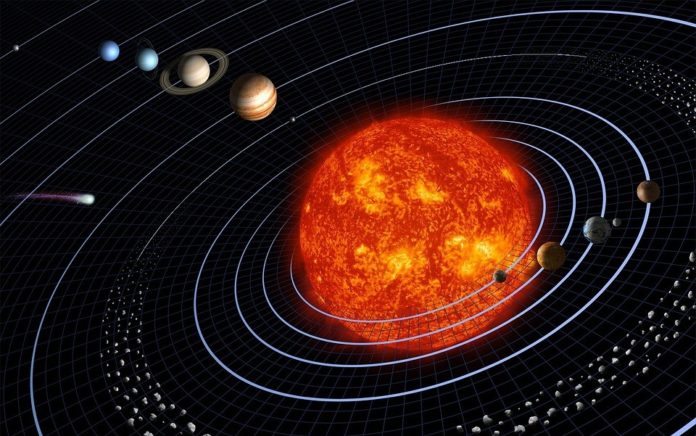First detected as a comet candidate by Russian astronomer Guennadi Borisov on August 30, the discovery of the first interstellar comet identified as ongoing by our solar system has been reported by the IAU Minor Planet Center (International Astronomical Union).
The orbital path of this object is convergent with hyperbolic elements, which indicates, at least at first, that the comet has an origin outside the Solar System.
C / 2019 Q4
In recognition of the first observer, the object has been called C / 2019 Q4 (Borisov). Borisov himself detailed in a forum of astronomers who made the discovery using a reflector telescope that he built at the end of 2018.
According to Borisov, who works at the Sternberg Astronomical Institute, Moscow State University, the object was detected in the first hours of August 30.
Here's a remarkable animation of #gb00234, which may be our second known interstellar visitor, taken by astronomer Gennady Borisov – who discovered the object.
2l/Borisov, perhaps?
(source: https://t.co/vkYXrK6KBC) pic.twitter.com/WObsGj3HJH
— Jonathan O’Callaghan (@Astro_Jonny) September 11, 2019
According to current observations, the eccentricity of C / 2019 Q4 is approximately 3.2, definitely hyperbolic. What differentiates C / 2019 Q4 from almost any other comet is the eccentricity of its orbit. The eccentricity measures how much an orbit of a perfect circle deviates, which has an eccentricity of 0.
The interstellar comet is expected to approach Earth on December 10 at a distance of about 1.8 astronomical units. It will be inside the solar system for about six months.
Although Oumuamua, another interstellar object that furrowed our solar system, was discovered two years ago, this would not be a comet, but an asteroid. Asteroids are made of metals and rocky material, while comets are made of ice, dust and rocky material. Both asteroids and comets were formed early in the history of the Solar System about 4.5 billion years ago.
